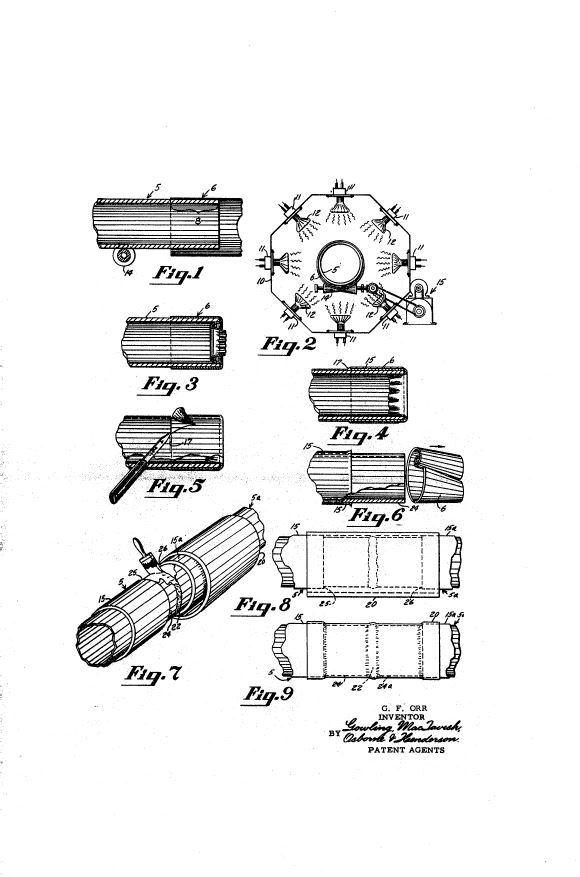After witnessing a Great Canadian Pipeline Debate a generation ago, it’s remarkable to me that the latest pipeline dispute has stumbled over a lack of consensus or measured proposals to find alternative routes. There are both striking similarities and contradictions between the 1977 Mackenzie Valley Pipeline inquiry and Energy East, the TransCanada Corp. proposal to pipe a million barrels of Alberta crude a day to refineries in Montréal and Saint John.
Forty years ago Canadian Arctic Gas Pipeline Ltd. led a consortium of 26 companies in proposing to tap vast natural gas reserves in Alaska and transport them to southern markets. The pipeline was to cross pristine lands on the Arctic coast, one of the planet’s most spectacular areas of wildlife habitat, and through Indigenous lands.
Protest promoted an inquiry by Justice Thomas Berger of the British Columbia Supreme Court. “The native people have had some hard things to say about the Government, about the oil and gas industry and about the white man and his institutions,” Berger wrote; “It may be uncomfortable to have to listen, when we have never listened in the past. But we must listen now.”
Berger recommended a ten-year moratorium on new pipelines till Dene and Inuvialuit land claims were settled. The reaction was fierce. Proponents complained 40,000 jobs would be lost; that the Territories would never see industry; that pipeline critics had “virtually guaranteed an energy crunch for southern Canadians by the mid-1980s,” said the president of Gulf Oil Canada.
I covered the Berger Inquiry as a journalist. The very first week, he put a very simple question to a distinguished panel of engineers summoned to testify: “Why not railways instead?” Berger asked.
Pipeline companies insisted then, as they do now, that pipe is safer, cheaper and more environmentally sound. Transporting by rail was ten times riskier, said the chief engineer for Arctic Gas Ltd. and none of the environmental organizations disagreed.
But most relevant to today’s Energy East, and perhaps other pipeline proposals, is that to protect the ecologically sensitive Arctic coast wildlife Berger proposed an alternative route down the Alaska Highway through Yukon and northeast British Columbia into Alberta. This alternative route was discussed extensively during two years of hearings, and although the Arctic Gas Ltd. had to file detailed engineering and environmental plans for the route, they always argued the safest and most efficient line is a straight line. Accordingly, they fought hard for the Mackenzie Valley route.
Today MPs confront Energy East. The pipeline begins in the Alberta oilfields and follows a straight line to northeast of Lake Superior, then abruptly cuts southeast to the St. Lawrence River Valley, sweeps up to the refineries of Montréal and onto the Port of Saint John. This hardly suggests Trans Canada favours a straight line or the shortest possible route to New Brunswick.
Québec mayors have expressed legitimate concerns about the impact of Energy East on the environment, though not as eloquently as Indigenous leaders did in the Territories so long ago. Would mayors prefer the pipeline bypass their towns and cities entirely? How would they respond to an alternative route that passes north of Montréal and Québec City — or for that matter an alternative but more southerly route through New England, where state governors would bid for construction jobs? Moreover, what kind of discussion did the mayors have with their citizens? Who presented detailed proposals to Canadians in any part of Canada?
“We learned a number of lessons,” Robert Blair, then-CEO of Alberta Gas Trunk Lines, told a reporter after the Mackenzie Valley project failed: “We learned about really reaching for accommodation with the environmental people and local residents and understanding their objectives.”
For decades we have become a nation of great pipeline debates. Why can’t we have a proper debate on this one?
(Editor’s note: the author, founding chair of the Canadian Polar Commission, covered the Berger Inquiry for CBC News and coordinated the network’s Aboriginal daily language broadcasts)






